
If you have any needs, please contact the editor at the end of the article.
If you are an engineer who enjoys DIY, a student looking to enhance your development skills, or a senior student preparing for your university graduation project, this ESP32-based smart watch is definitely worth making. Don’t miss out~~
As you can see, this is a wearable watch that can serve as a compact wireless access device to control all IoT devices. It also features a swappable MAC address, the ability to scan WiFi networks, and an integrated distance-sensing LiDAR,real-time temperature, altitude, humidity, pressure, gas, tilt, and acceleration, all controlled via buttons.
Hardware Architecture
The main circuit of the ESP32 smart watch consists of the ESP32-S3, five sensors, a LiPo battery, a laser module driver, and a typical circuit for powering, communicating, and configuring the ESP32-S3 microcontroller, along with some buttons and connectors.
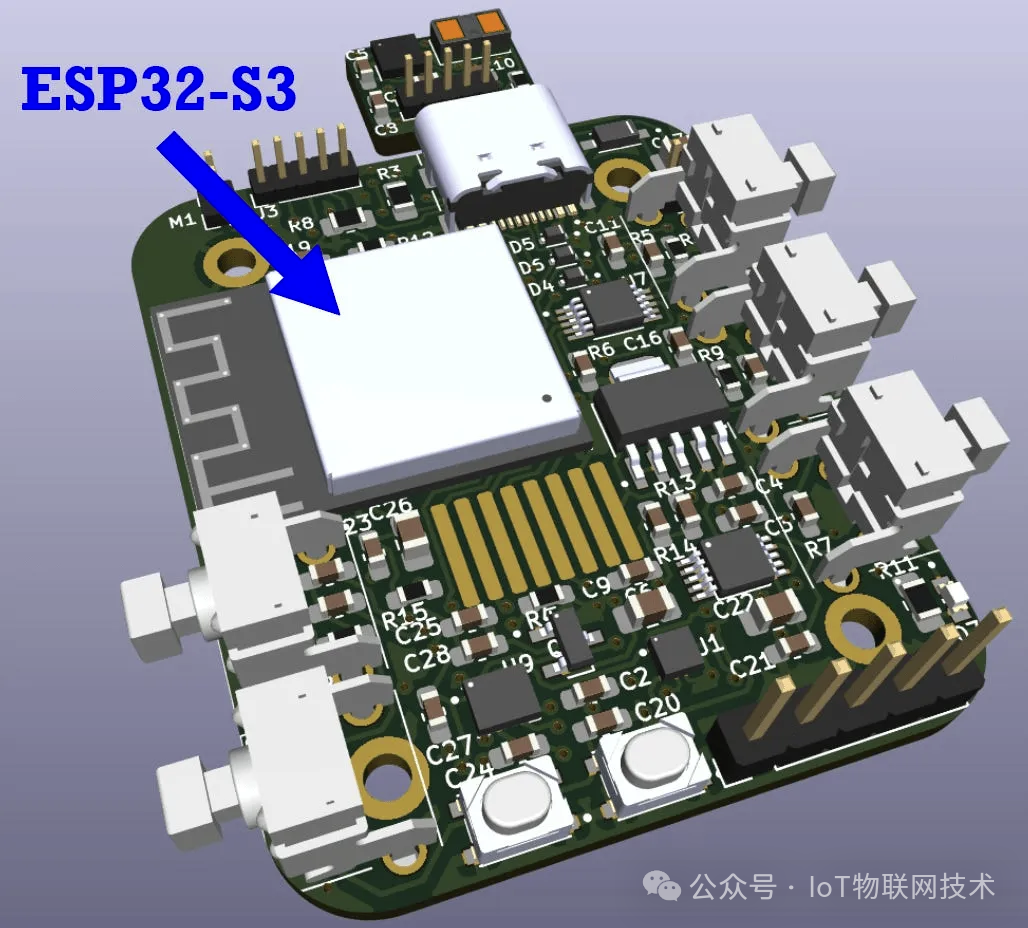
Complete schematic:
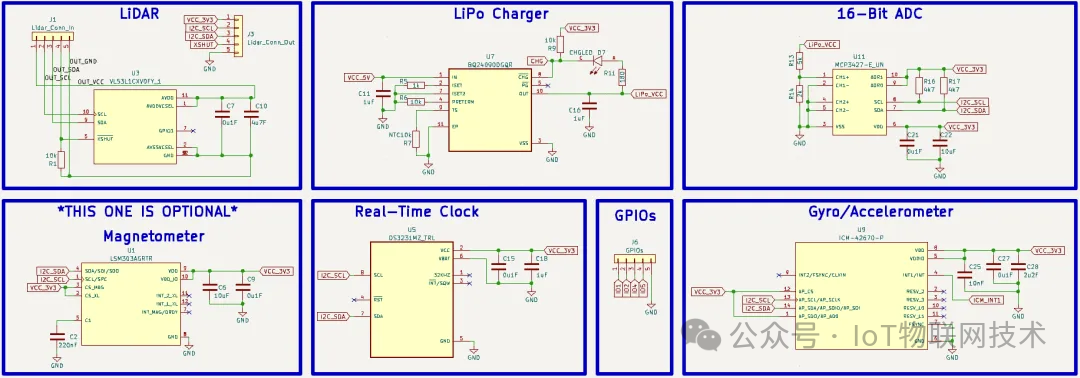
The ESP32 smart watch uses a 4-layer board design, fitting numerous sensors into a 43x36mm space, with the middle two layers serving as ground layers for good isolation.
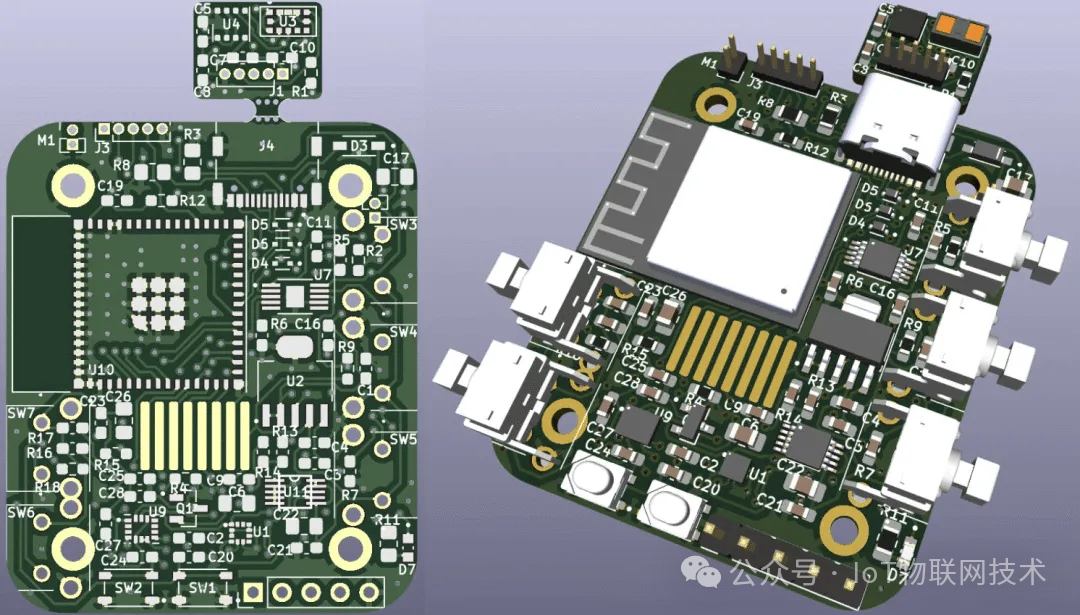
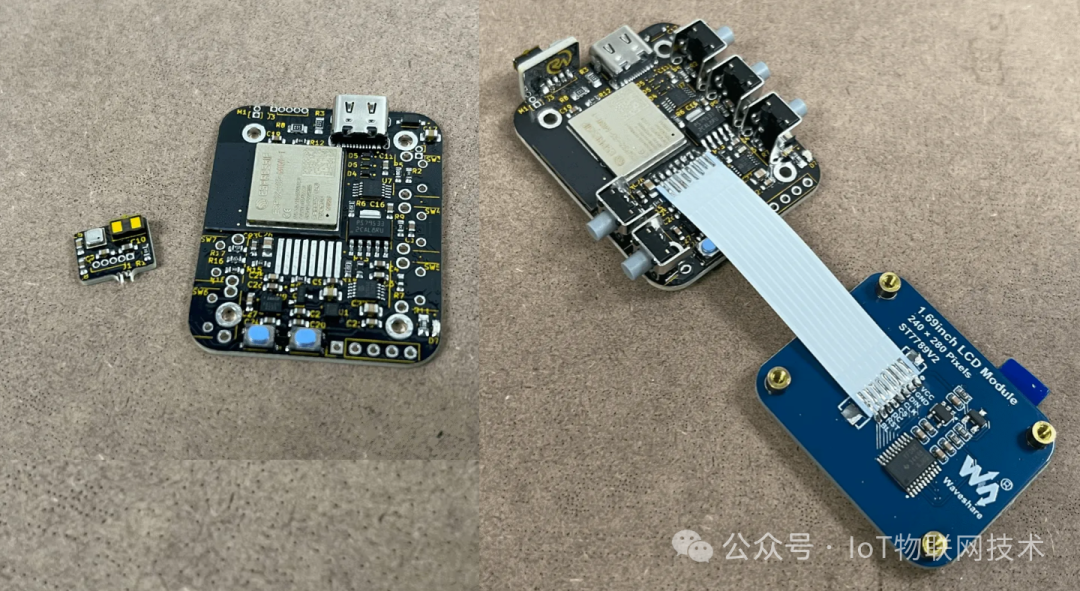
BOM list,please contact the editor at the end of the article.
Ultra-Low Power Wireless Protocol
The ESP32 smart watch utilizes ESP-NOW for ultra-low power fast data broadcasting. This wireless protocol was chosen because it bypasses traditional WiFi connection setups, allowing for nearly instantaneous response times between devices, suitable for most 32-bit MCUs.

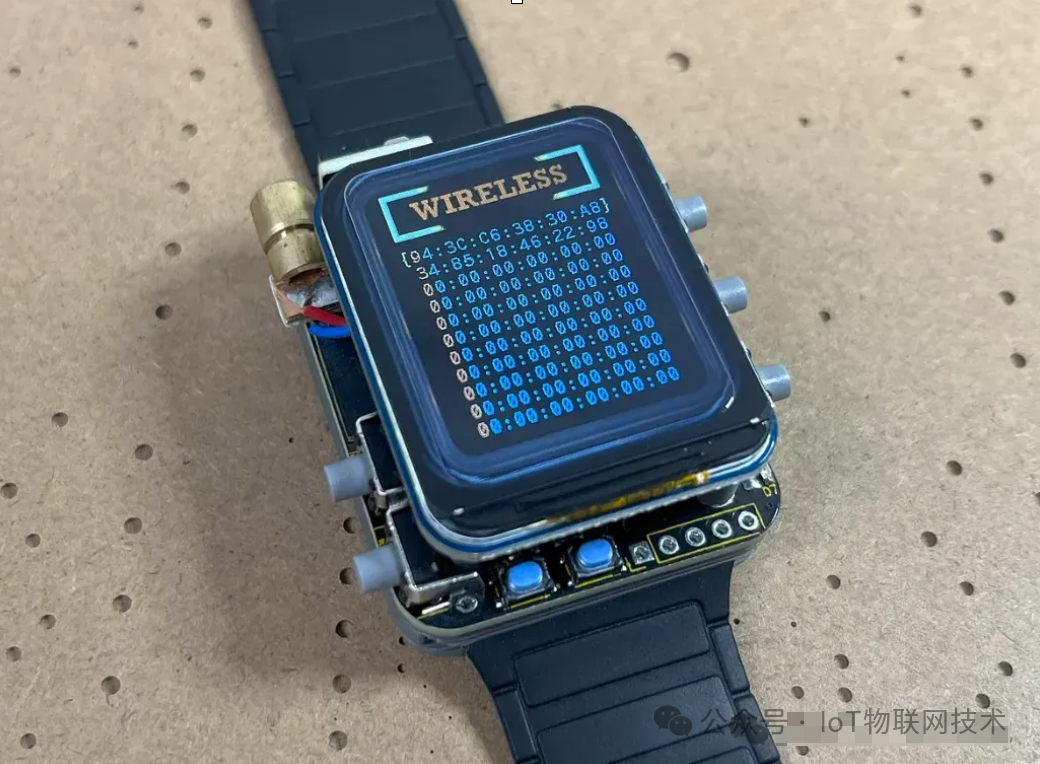
WiFi Network Scanning
The ESP32 smart watch can also scan WiFi networks, providing network SSID, RSSI (signal strength), and authentication modes (network security 0-7). Since broadcasting wireless data is very power-consuming, the watch is programmed to temporarily activate WiFi only to send/receive data, then automatically disable it. It also features an automatic 1.5-second sleep mode timer and tilt wake detection, connecting to DIY door locks/light switches.
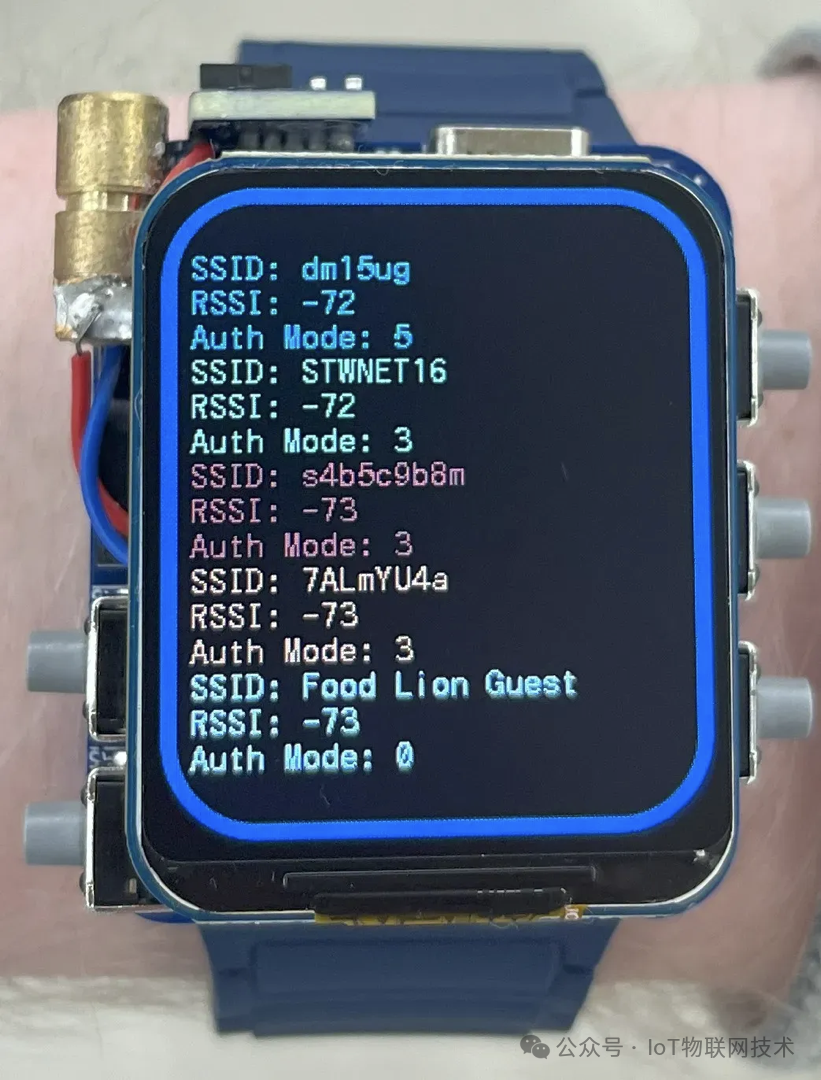
Slope Detection
The ESP32 smart watch can be placed on a flat surface, and by clicking the IMU mode button, you can access real-time tilt and acceleration data.
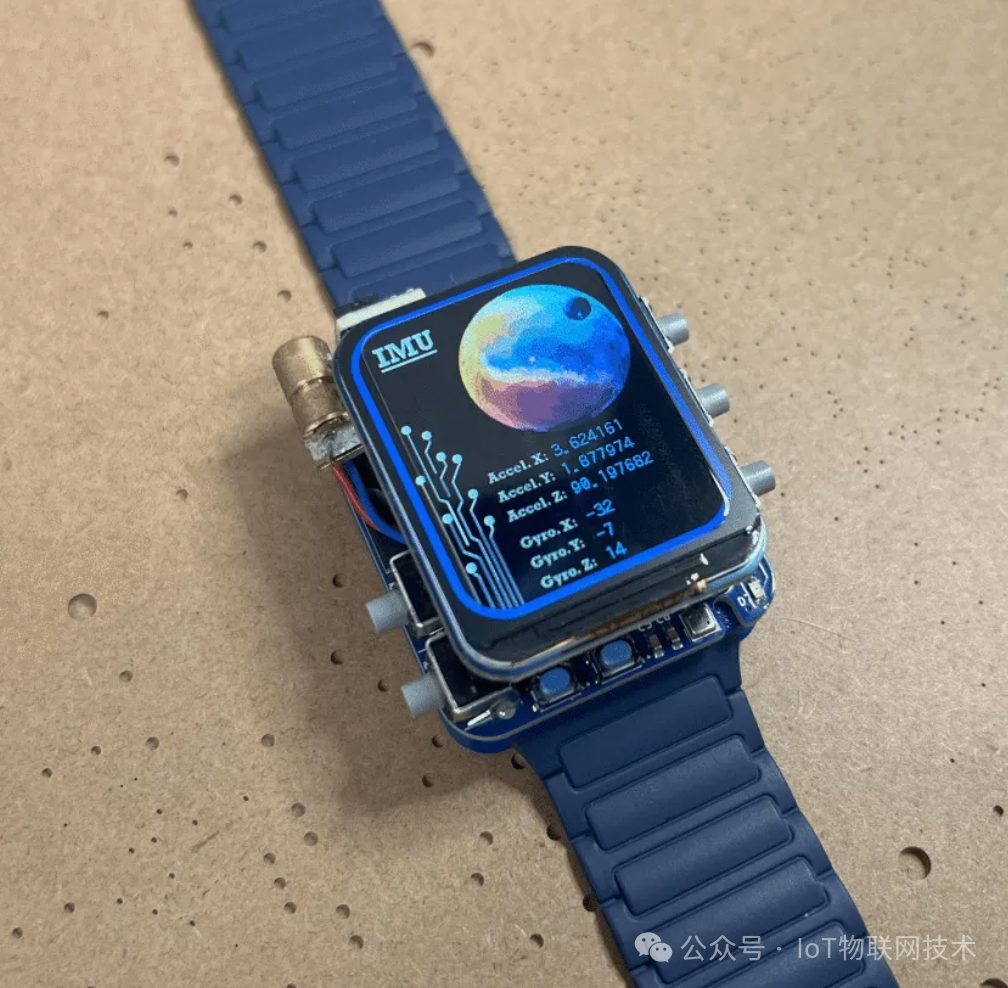
Air Quality Detection
The ESP32 smart watch has a built-in volatile organic compound (VOC) sensor that observes changes in IAQ readings due to the interaction of target gases with the heated metal oxide layer of the BME680, while also monitoring humidity and atmospheric pressure.

Theme Switching
The ESP32 smart watch also comes with multiple themes to choose your favorite color.
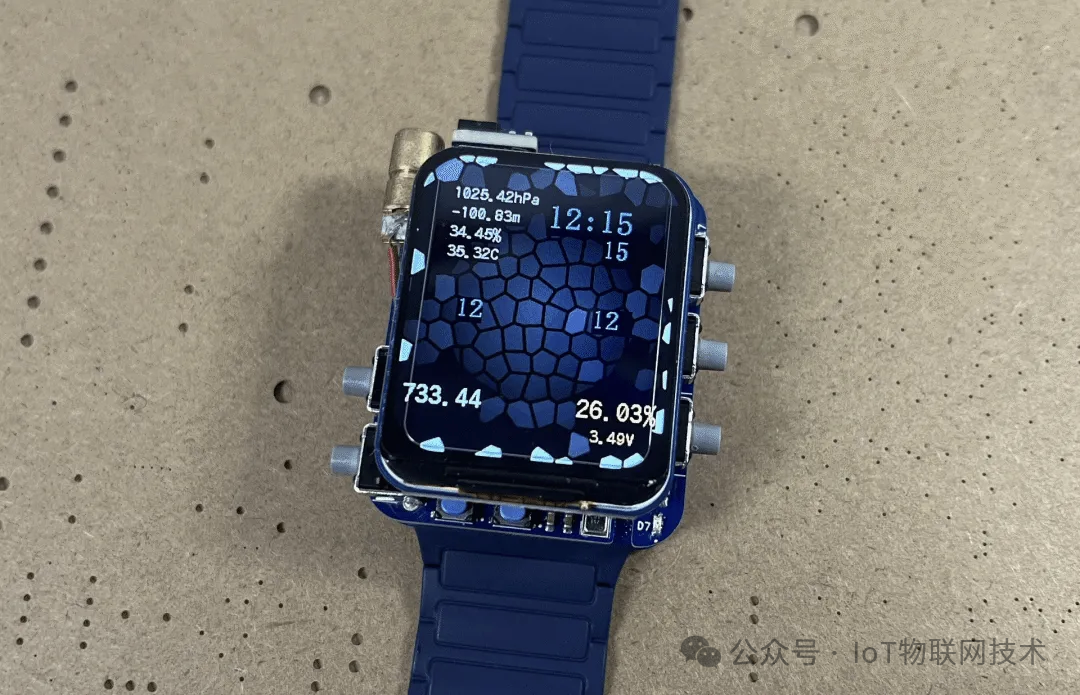
Development & Debugging
Upload the main program via the USB-C port and ensure everything is functioning correctly. Instructions for uploading to the development board can be found in the programming section. If the screen appears unresponsive after uploading the program, you can disconnect the power and restart. You can also try pressing the reset button (the leftmost button) and restarting the power to the board.

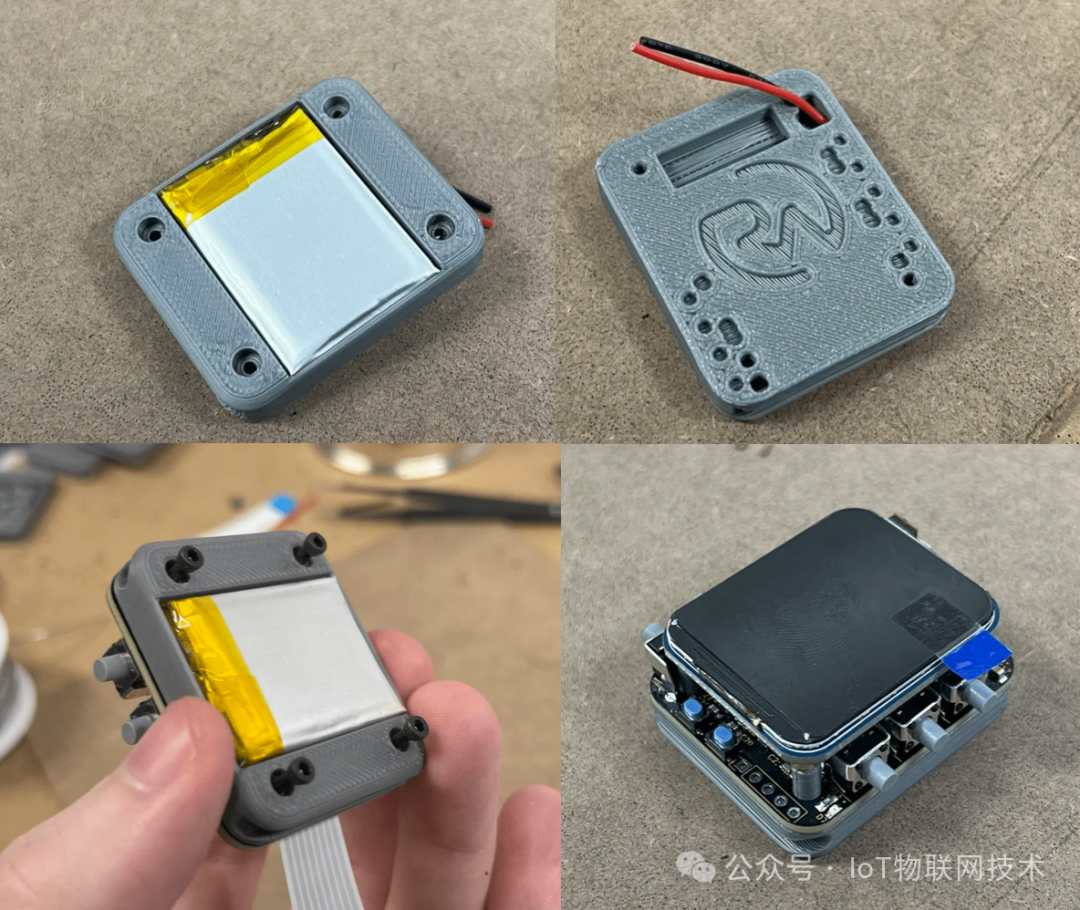
Button Combinations
The ESP32 smart watch can also scan WiFi networks, providing network SSID, RSSI (signal strength), and authentication modes (network security 0-7). Since broadcasting wireless data is very power-consuming, the watch is programmed to temporarily activate WiFi only to send/receive data, then automatically disable it.

Button 1:General Home Button. Pressing it returns to the main watch face, and the watch enters sleep mode (enabling the 1.5-second timer). If the watch is in sleep mode, it will wake up.
Button 2:Wireless Mode button. Pressing this button allows the open-source selection of different MAC addresses.
Button 3:Inertial Measurement Unit (IMU) Mode button, displaying current gyroscope and acceleration readings from the onboard ICM42670.
Button 1 + 2 Combination activates LiDAR.
Button 1 + 3 Combination activates the laser pointer.
Button 4 + 1 Combination turns on the watch’s flashlight screen.
Button 4 + 2 Combination notifies the watch to start WiFi scanning.
Button 4 + 3 Combination puts the watch into clock change mode.
If any issues arise at any time, you can always click the hardware reset RESET button.
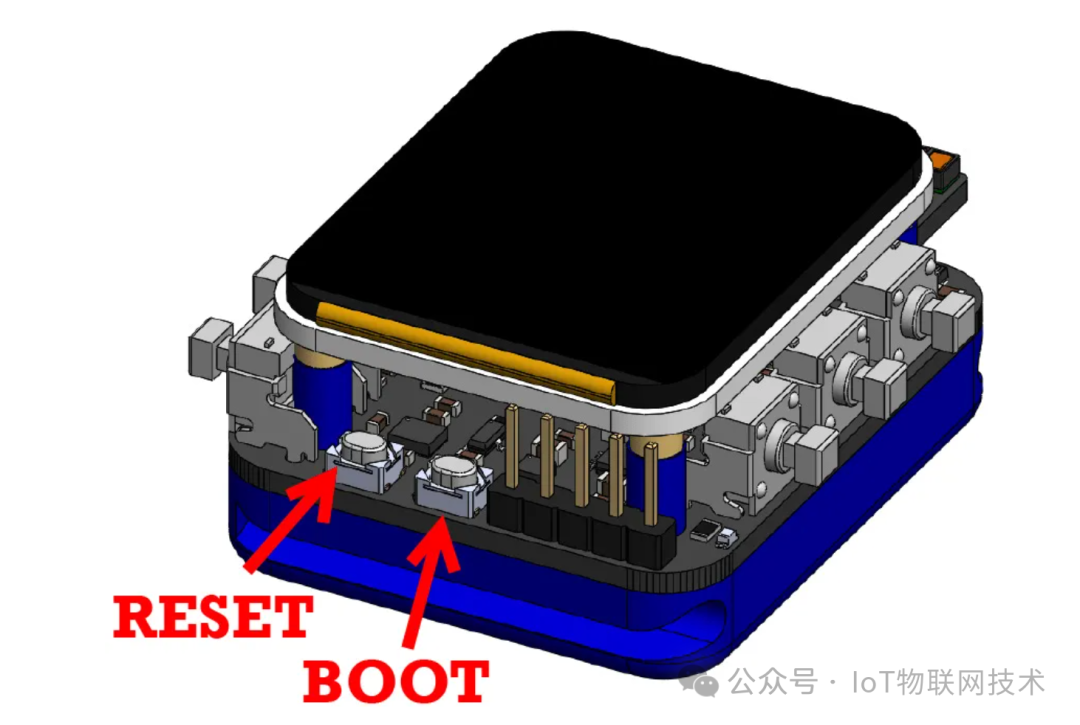
Software Programming
The ESP32 smart watch directly uses ESP-IDF (the official IoT development framework for the ESP32 microcontroller). For the complete Arduino project code, please contact the editor at the end of the article.
Smart individuals can also continuously improve:
- More RFID functions similar to those performed by Flipper Zero
- Built-in infrared camera (for thermal imaging) for temperature sensing at 32×24 resolution.
- Change to touchscreen
- Remote radio communication for sending commands via LoRa module
- 5GHz wireless functionality (hoping for the release of ESP32-C5 for this).
- GPS real-time coordinate functionality, magnetometer
- Real-time camera monitoring (external camera feed to the watch display).
- Extended battery life.
If you have any needs, please contact the editor. WeChat ID: beacon0418

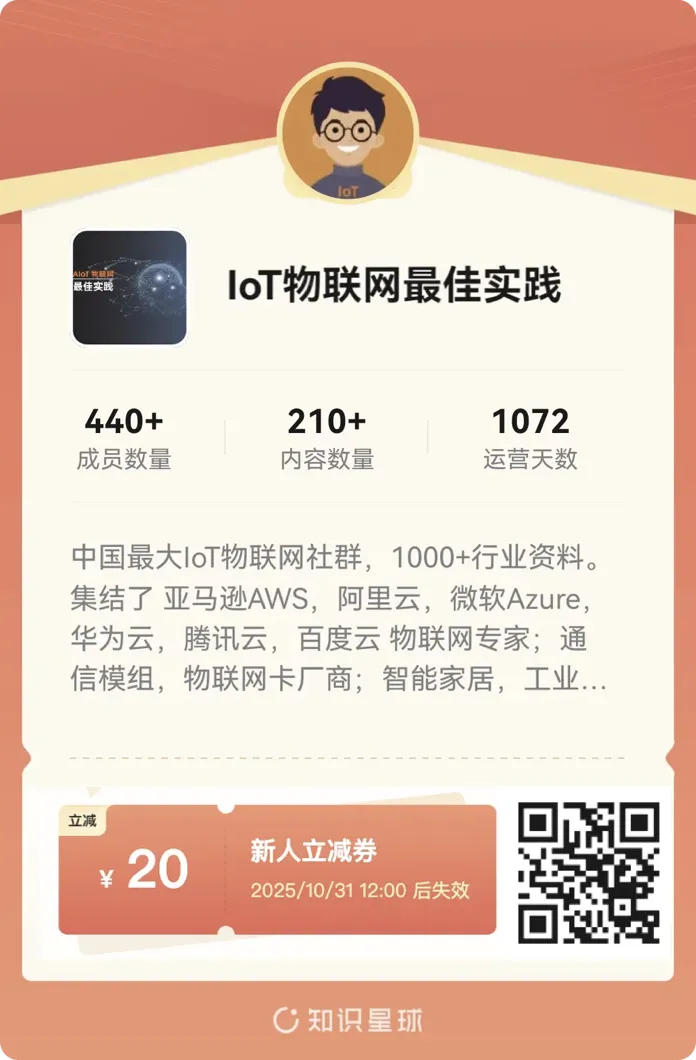 Previous RecommendationsEspressif ESP32 + Doubao Smart AI ChatbotArduino Open Source ESP32 Smart WatchSource Code Delivery IoT Smart Water Management, Wastewater TreatmentSlacking at Work, Smart AI Monitoring Boss’s MovementsI’ve Stuck with IoT for Ten Years90 Yuan DIY Based on DeepSeek Smart AI Watch100 Yuan to Complete Smart AI Cycling Meter
Previous RecommendationsEspressif ESP32 + Doubao Smart AI ChatbotArduino Open Source ESP32 Smart WatchSource Code Delivery IoT Smart Water Management, Wastewater TreatmentSlacking at Work, Smart AI Monitoring Boss’s MovementsI’ve Stuck with IoT for Ten Years90 Yuan DIY Based on DeepSeek Smart AI Watch100 Yuan to Complete Smart AI Cycling Meter
Disclaimer:The content published by this public account comes from the internet, and we respect and uphold the rights of the original authors. Due to the numerous sources of information, if there are copyright issues with the article content, or if the images, materials, download links, etc. used in the article involve infringement, please inform us, and we will handle it promptly.



